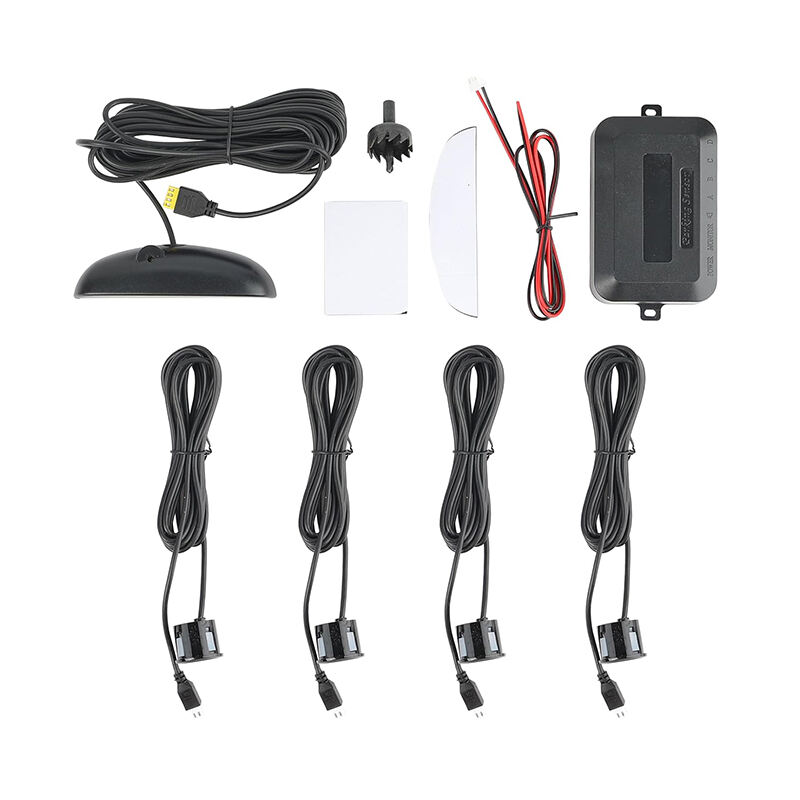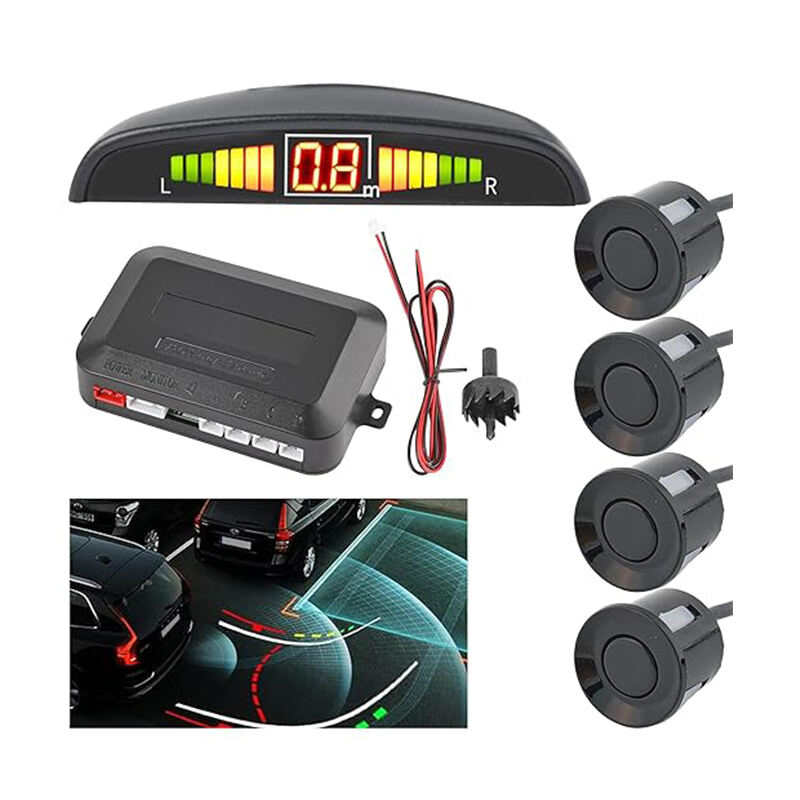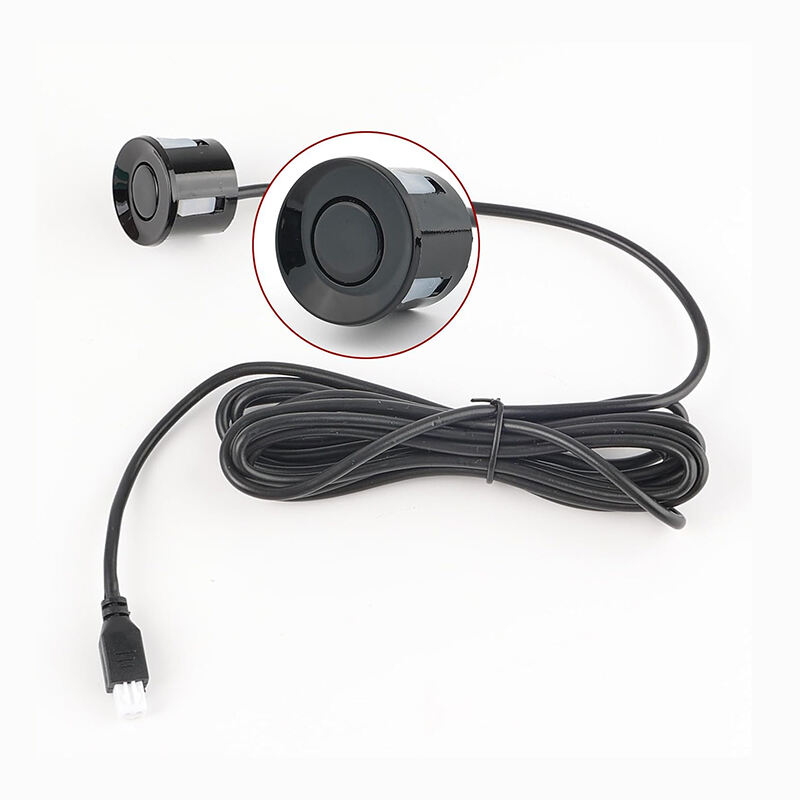čidlá parkovania predná a zadná na auto
Cítidla parkovania predných a zadných aut spredstvujú revolučný pokrok v technológii bezpečnosti vozidiel, ponúkajúc šoférom zvýšené povedomie a presnosť počas manévrovania pri parkovaní. Tieto sofistikované systémy využívajú ultrazvukové senzory strategicky umiestnené v nárazníkoch vozidla na detekciu prekážok a poskytovanie reálnych informácií šoférovi. Senzory emitujú vysokofrekvenčné zvukové vlny, ktoré sa odražia od blízkych objektov a následne sa vrátia k senzorom, čo umožňuje vypočítať vzdialenosť medzi vozidlom a potenciálnymi prekážkami. Táto informácia je potom preniesť šoférovi rôznymi spôsobmi, vrátane zvukových signalizácií, ktoré sa zvyšujú v frekvencii pri približovaní sa k objektom, vizuálnych displejoch na palubnej deske alebo infotainmentskom obrazovku a v niektorých pokročilých systémoch aj haptickou spätnou väzbou cez volant alebo sedadlo. Technológia funguje efektívne v rôznych počasových podmienkach a situáciách osvetlenia, čo robí z nej neoceniteľný nástroj pre parkovanie o dňe i v noci. Moderné systémy cítidel parkovania môžu detegovať objekty malé iba niekoľko palcov v rozmeroch a typicky poskytujú pokrytie pre slepe body, ktoré nie sú viditeľné cez zrkadlá alebo okná. Systém sa automaticky aktivuje, keď je vozidlo prepnuté do zvoru a môže byť tiež manuálne zapnutý pre pomoc pri prednom parkovaní, čo ponúka komplexnú ochranu počas všetkých scénárov parkovania.


